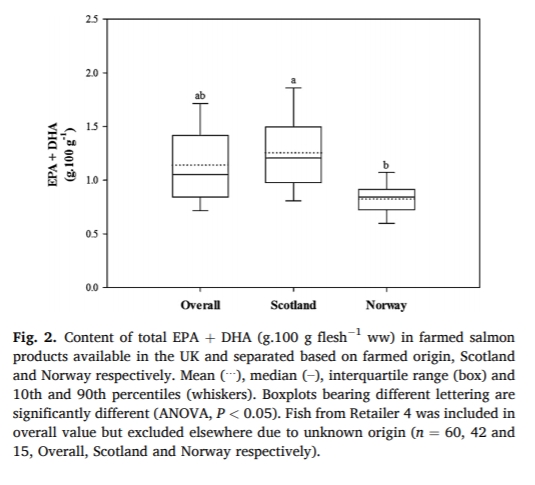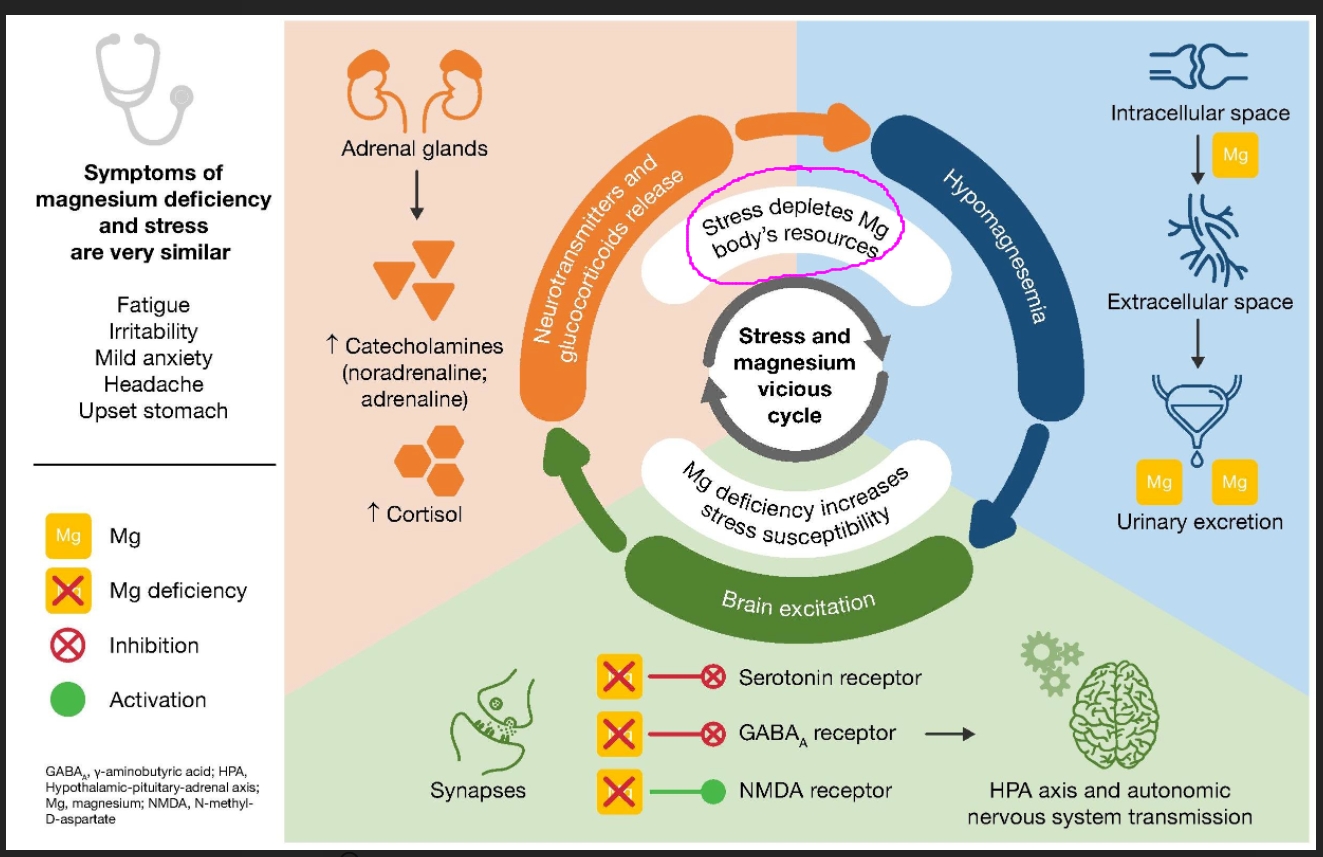Variation in the nutritional composition of farmed Atlantic salmon (Salmo salar L.) fillets with emphasis on EPA and DHA contents
M.Sprague Journal of Food Composition and Analysis Volume 94, December 2020, 103618
Highlights
• Flesh fatty acid profiles of farmed salmon varied markedly among samples.
• 130 g farmed salmon provides 26–67 % of the 3.5 g weekly EPA + DHA recommendation.
• 130 g portions also supplies 14–70 % of the recommended daily intake for selenium.
• EPA + DHA and Se contents of salmon flesh were affected by farmed origin.
• Need for nutritionists to appreciate variation in nutritional content of farmed salmon.
The increase in the global popularity and production of farmed Atlantic salmon (Salmo salar L.) has led to compositional changes in their feeds that can potentially diminish their nutritive value. Thus, the aim of the study was to compare the lipid, protein, fatty acid (omega-3) and mineral contents of salmon fillet portions available in the UK and estimate their contribution towards consumer dietary intake levels. Twenty pre-packaged fresh salmon fillets, encompassing all ranges (value, standard, premium and organic) and farmed origins (Scotland and Norway) were purchased from 10 main UK-wide retailers and analysed for their nutritional compositions. Lipid contents were between 11.2–16.3 % wet weight (ww), except the Retailer 10 value product which was significantly lower due to a high proportion of tail pieces. No difference in protein contents (17.5–20.2 % ww) were observed between fillets.
However, fatty acid profiles showed marked variations between samples with marker fatty acids 18:1n-9 (24.3–42.0 %), 18:2n-6 (8.3–15.1 %) and 18:3n-3 (2.6–8.1 %) reflecting the differing levels of vegetable oil inclusion and eicosapentaenoic and docosahexaenoic acids (EPA + DHA, 5.6–16.6 %) indicating the level of marine oils included within salmon feeds.
Consequently, EPA + DHA contents varied from 0.88 to 2.36 g EPA + DHA.130 g−1 flesh ww, equivalent to supplying 26–67 % of the recommended 3.5 g EPA + DHA weekly intake suggested for optimal cardiac health in adults.
Similarly, selenium contents differed significantly between samples delivering between 13.9–55.5 % and 17.3–69.3 % of the 75 and 60 μg day−1 UK intake for males and females, respectively.
Additionally, EPA + DHA and selenium contents were both affected by farmed origin, reflecting differences in production strategies of the two salmon producing nations. Overall, the study highlights the contrasting nutritional profiles of farmed salmon fillets available to consumers based on retailer requirements (healthy versus sustainable product) and how this can affect the recommended dietary intakes from a human nutrition perspective.















